Italy, with its fortress cities, raises the walls of citadels of science, art, and pure aesthetics. Florence with its luxurious palaces, Rome with the high pathos of religious artifacts, and Milan with its stunning scientific endeavors—each of these cities is worth visiting and admiring, generously bestowing each visitor with the slightly tangy aroma of true history. Here are some of the most interesting museums in Italy.
Juliet’s House in Verona
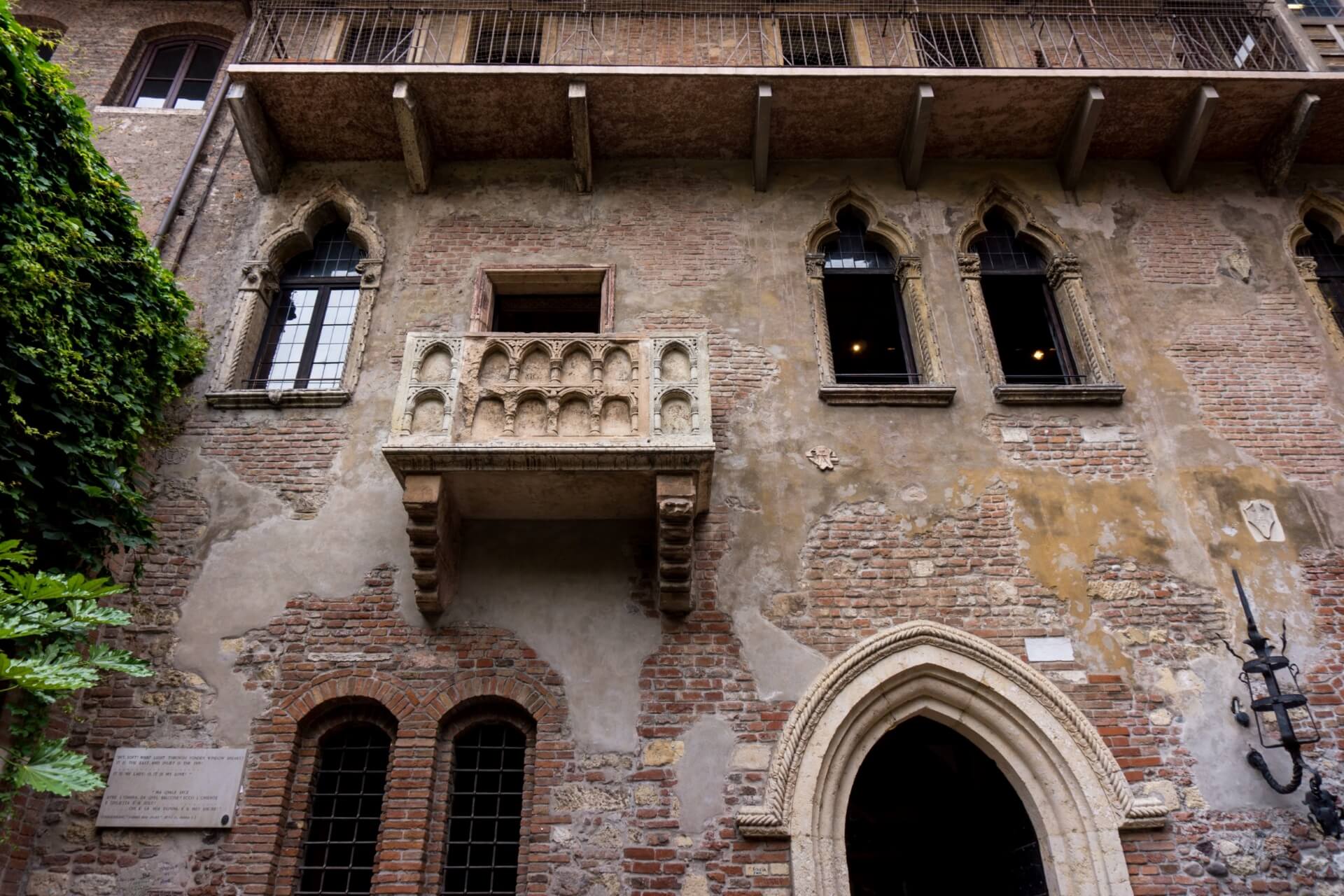
The grandiose love story set against the backdrop of broken glass cannot end without sorrow, and for the immortal lovers—Juliet and Romeo, Romeo and Juliet—it had to end tragically. This often happens with such vivid stories or stories brought to life by the will of thousands of inspired fans. Thus, in Verona, the archetype, or rather, a carefully selected reconstruction of Juliet’s house—the House of the Capello family—was discovered.
The house itself is not large in size, but the poetics of medieval architecture are perfectly conveyed. However, most tourists are not attracted by the mentioned architectural refinements but by one element of Juliet’s house—the famous balcony and the adjacent courtyard. As known, it is here that the fateful confession for both young people was made. Juliet is also present on the scene, but now cast in bronze and frozen in the idle splendor of youth.
Today, visiting Juliet’s house is free, which cannot but please Verona’s guests. However, this is provided that the guests of the mansion do not want to use the services of a guide, which will cost six euros. Tours are conducted all week—from half-past eight in the morning until almost eight in the evening. Only on Mondays does the start time of the tour shift to the afternoon.
Doge’s Palace in Venice
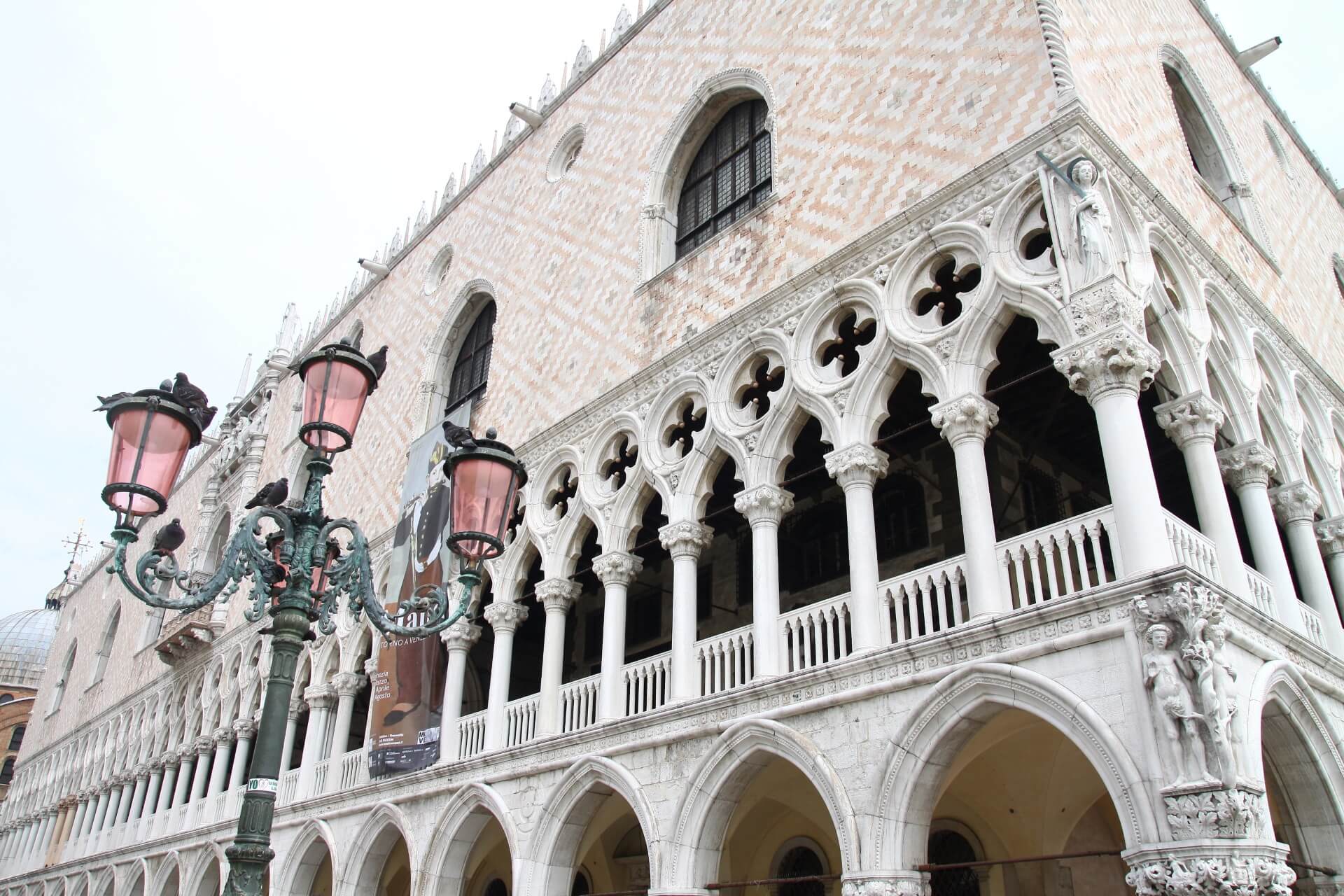
Amazingly, the residence of most high-order state institutions, proclaiming democratic and humanistic ideas for over six hundred years, became the iconic building—the Doge’s Palace. However, on its lower levels, far from the most democratic institutions, such as the Secret Police, were quartered.
But history, complex and confusing, remains at the conscience of the guides, while the beauty and uniqueness of the Palazzo Ducale can be enjoyed by everyone, even an unprepared guest of this place, representing a visualization of honors and tributes to European Gothic, Byzantine style, and the lace of classicism—a true poetry in sculptures, bas-reliefs, and colonnades. The numerous halls hiding behind this magnificence, nearly overshadowing it, are also noteworthy. Just recall the Hall of Maps, whose walls are richly draped with samples of cartographic artistry.
The Doge’s Palace operates on a somewhat “split schedule.” The first half of the year, usually from March to October, allows visiting the complex from half-past eight in the morning until seven in the evening. The second half of the year reduces visiting hours to half-past five in the evening. The entrance ticket price varies around nineteen euros.
Uffizi Gallery in Florence
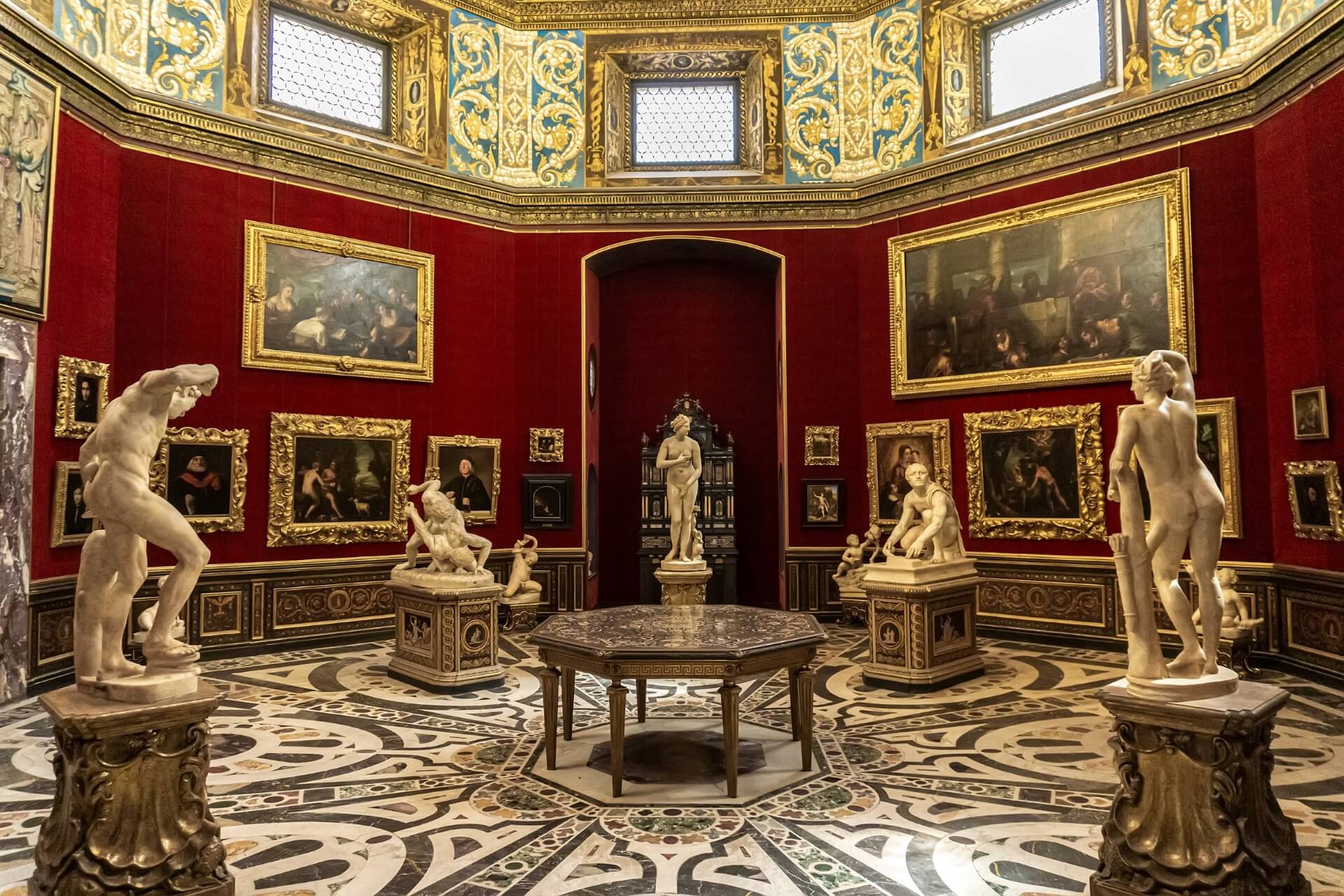
Florence with its Arno River and Paris with its capricious Seine—the only possible comparison worthy of admiration, just like the architectural ensembles reflecting the river’s lights in their sparkling glass. The Uffizi Gallery is the brightest of all Florentine “beacons.” In this place, true power and genuine love for art met, giving birth to one of the most grandiose and ornate creations of the architectural world.
The Uffizi Gallery amazes, overwhelms, and does not let you take your eyes off it, which is not surprising since its creation is associated with the Medici family, whose name long stood as a synonym for wealth and nobility. Back in the sixteenth century, Cosimo Medici conceived the construction of an ensemble under whose arches the main state institutions of Florence of those days would be gathered, and therefore these very arches were supposed to vividly tell everyone about the power of the free city.
The gallery acquired its modern look not only through the efforts of the architect who created this monumental project but also through the efforts of the Medici themselves, who over several centuries transported their main artistic pride pieces to the Uffizi. Gradually collected, the collection expanded to present today in all the splendor of the mastery of Michelangelo, Rembrandt, Raphael, Botticelli, and even Aivazovsky.
The gallery is open from eight in the morning until nearly seven in the evening, but usually, to visit it, one must come much earlier, as the crowd of eager tourists ready for any queues maintains a stable density. It is also important to remember that the Uffizi Gallery is closed on Mondays and the most significant holidays. Ticket prices rarely exceed eight euros, while children can enter for free.
Palazzo Vecchio in Florence
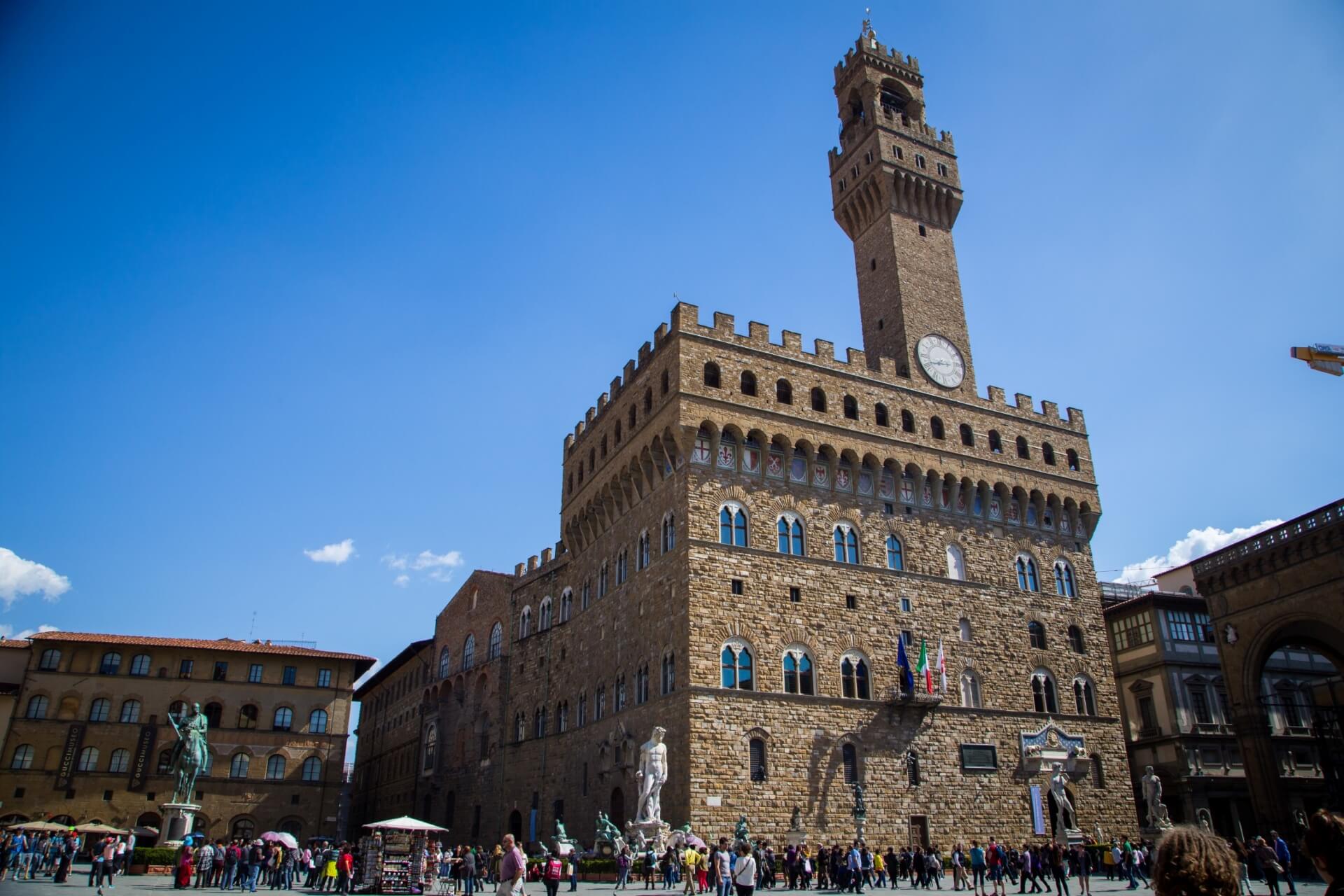
Florence is literally permeated with the fine threads of time—just reach out, and the fingertips will timidly first touch the powerful stone masonry created by the efforts of thirteenth-century masters. It was by those very distant masters that the Palazzo Vecchio was erected, today claiming the status of Florence’s main architectural gem. Although initially, the colossal castle complex was built for state needs, it acquired a more complete form only three centuries later, when Cosimo Medici, a man of refined taste and a thick wallet, became the castle’s owner.
He gave this place a new name, calling it “Old” and gradually turning it into a kind of treasure trove for the Medici family relics. These very relics became the basis of one of the world’s richest art collections, although some equally valuable exhibits arrived closer to the dawn of a new chapter in human history. For example, the old “acquaintance” of Michelangelo—the perfectly proportioned “David.” The Palazzo Vecchio is open to visitors from Friday to Wednesday, starting at nine in the morning until seven in the evening. On Thursdays, however, visiting is limited to two in the afternoon. Nevertheless, this place is worthy of the time required for a more complete acquaintance with its collections. The ticket price will not exceed seven euros.
Archaeological Museum of Verona
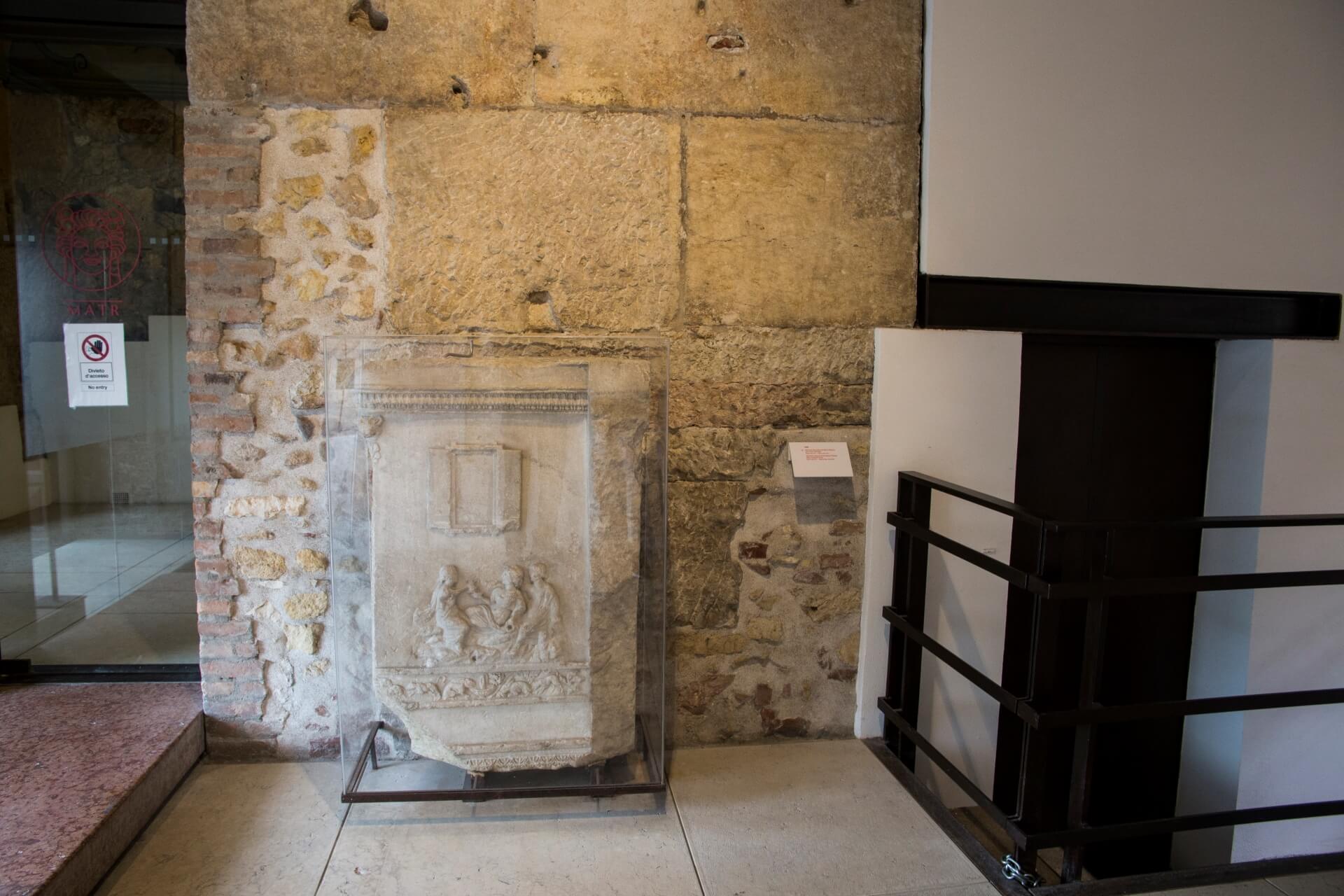
One of the most brilliant Roman scenes was located in Verona, and its lights, contrary to previous data, did not fade with the sunset of the Roman Empire’s lucky star and the dominance of “barbarian culture.” This scene just became cluttered—houses and small churches grew year by year, burying ancient foundations beneath them. Only by the twentieth century did these layers start to be removed, revealing the true face of this place. Artifacts found during these excavations became part of the Archaeological Museum of Verona’s collection, spread atop a hill that slopes down to the stone supports of the bridge and the old town.
It is situated in the former monastery building under the patronage of Saint Jerome. Naturally, such a favorable placement leaves a certain imprint on the appearance and atmosphere of this place—old Italian monasteries cannot but have a magnetic impact on everyone under their high vaults. It should also be noted that the exposition includes not only artifacts found all over Verona during excavations—many of which were found unintentionally—but also larger elements, such as a small church that stood on the monastery grounds. Today, its building and interior are part of the museum.
The Archaeological Museum of Verona is ready to welcome visitors every day, with the only adjustment being that on Mondays, it opens in the afternoon. The maximum ticket price is six euros, and there are special discount systems for group visits.
Vatican Library
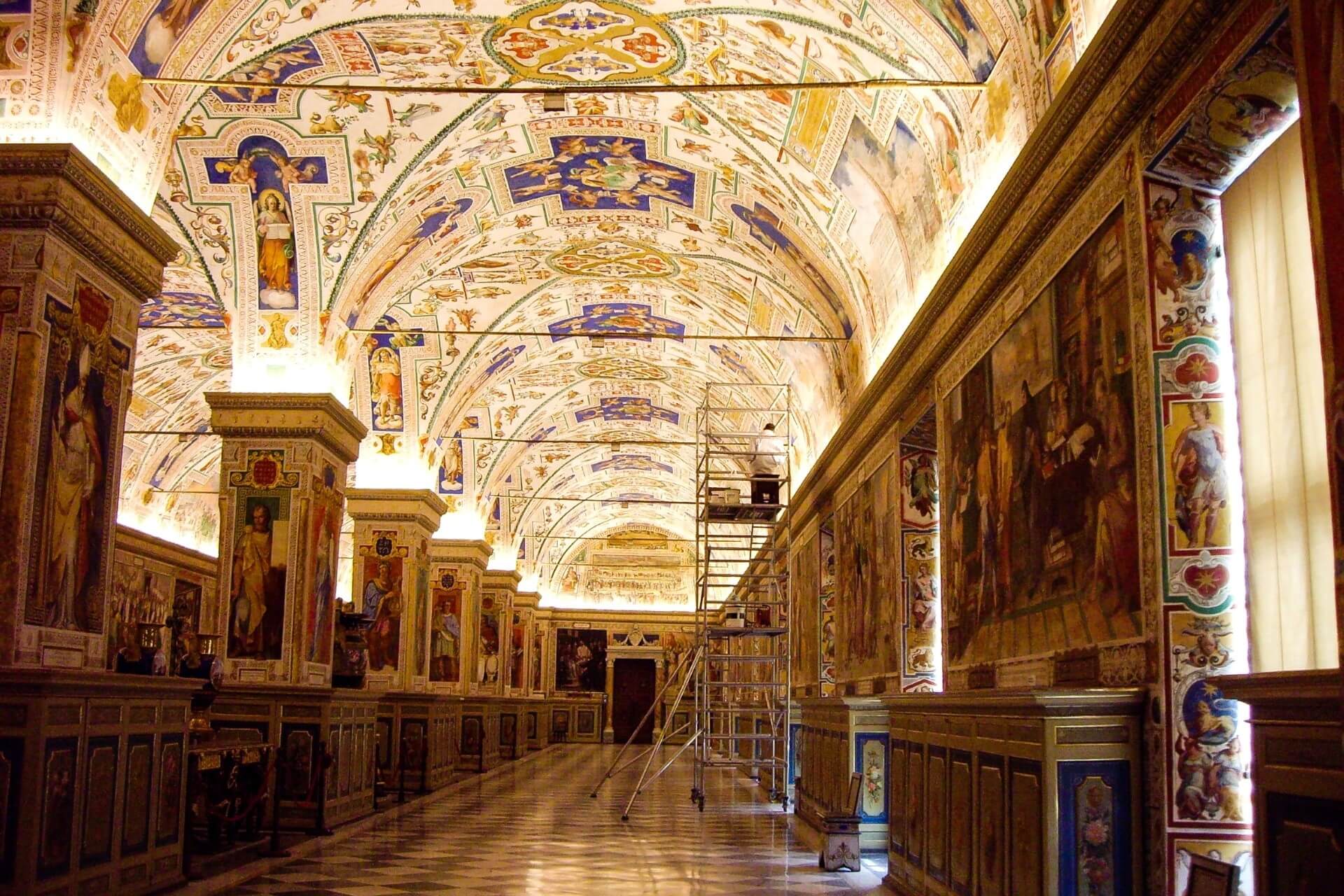
The Vatican—a tiny patch of land by global standards, where for several centuries, considerable power was concentrated, even on the world’s scale. This place has always had its secrets—and it couldn’t be otherwise. One of these secrets remained and partially remains the Vatican Library. The Apostolic Library is a secure repository where ancient scrolls and manuscripts, hand-written and rewritten books from the dark Middle Ages when the Vatican was nearly at the peak of its power, folios from the Renaissance, representing significant scientific and artistic interest, are stored behind heavy doors.
All this is housed in richly decorated halls, astonishing in their complexity and the mastery of wall painting and the beauty of ceiling murals. However, not all halls are open for visitation today, and those that are accessible will be of interest more to scholars, professors, and their students who are ready to work and appreciate the materials in their hands.
Gallerie dell’Accademia in Venice
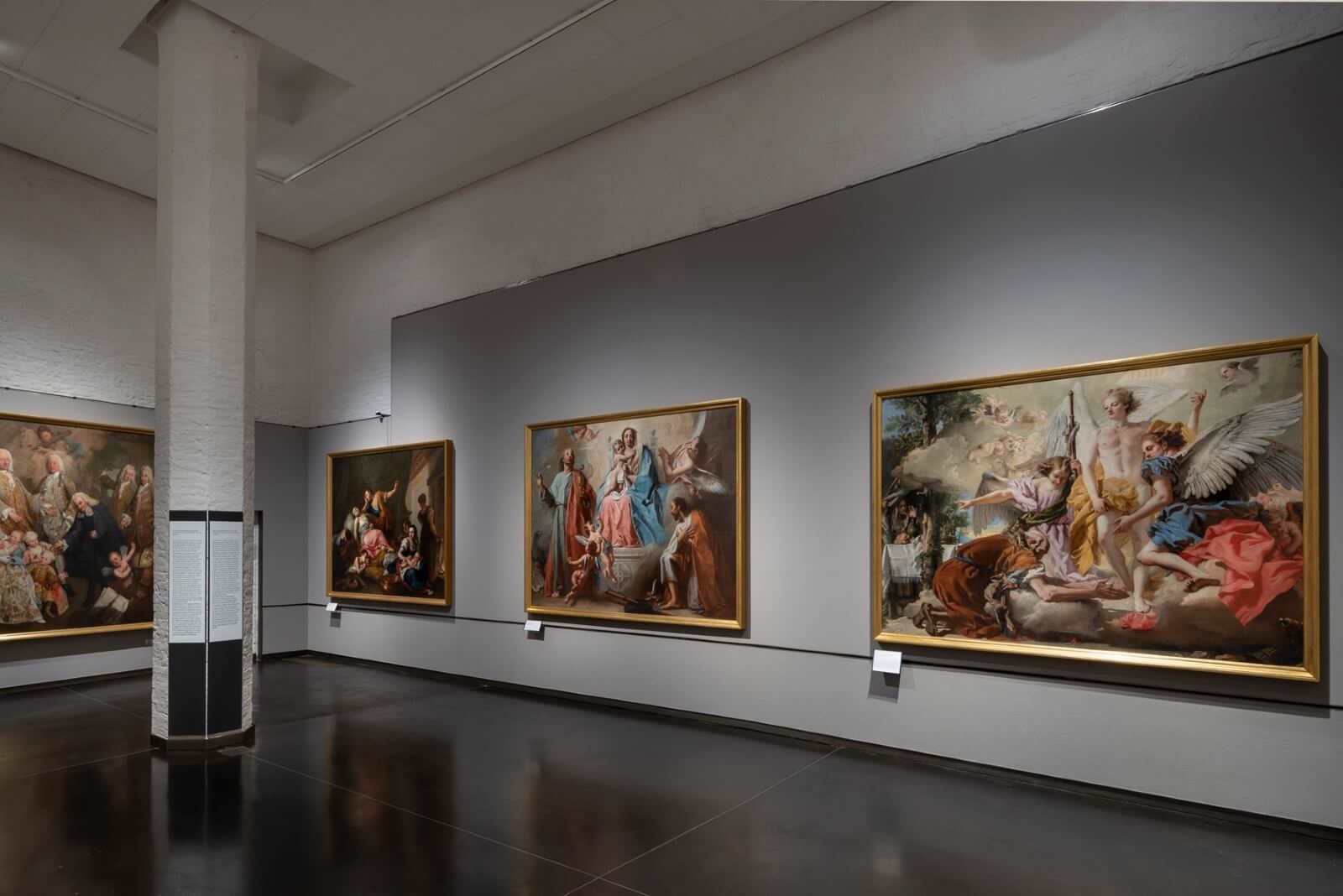
Venice—the very city from half-forgotten tales heard in childhood through sleep, a city of the most beautiful women, water canals, and masquerades, a city of artists, philosophers, and scholars ready to adorn this blessed land and glorify it. The Academy Museum, or as it is now more commonly called, the Gallerie dell’Accademia, was the main “staging ground” for training young artists ambitious and talented enough to challenge high art. However, over time, the academy turned more into a museum, where Venetian masters’ and other schools’ paintings are displayed in a rather disorganized sequence.
Located in the buildings of a former monastery, built in the fifteenth century on the banks of the Grand Canal, the Gallerie dell’Accademia is always surrounded by a colorful array of tourists ready to wait in long lines to see the works of Titian, Bellini, and Tintoretto. Except for Mondays, when the museum has a short day, visitors can stay in the halls of the Gallerie dell’Accademia until seven in the evening. A ticket for one person costs fifteen euros, but don’t forget about special discount systems and so-called free days. For example, on Valentine’s Day, mentioned couples can walk through the elegant halls for free.
Galleria dell’Accademia in Florence
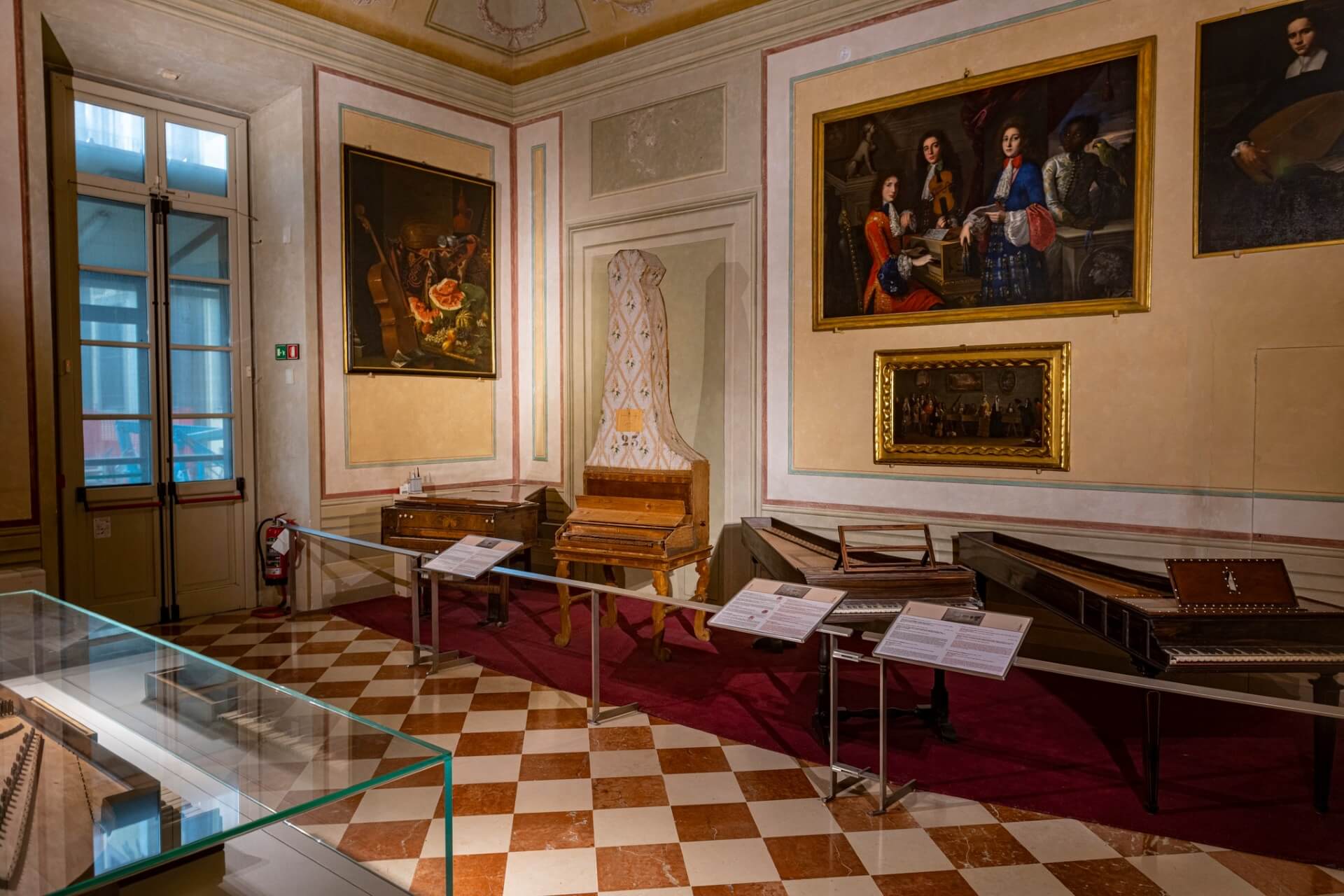
Many Italian structures, which have become iconic and have not lost their luster despite their respectable age, are associated with Cosimo Medici. A person with a keen sense of art and ready to pay the real price for it, he established, at the end of the sixteenth century, one of the first European educational institutions of an artistic profile with strong academic preparation. It was at the Academy that the gallery opened, causing silent admiration today as soon as one steps across the ancient threshold. However, then it opened more as an exhibition hall where students’ and their senior teachers’ works, created to the glory of picturesque and noisy Florence in all its diverse decorations, were to be displayed.
It is not surprising that the modern collection consists mainly of those very works of the fifteenth-sixteenth centuries, gathering under one roof Bronzino, Ghirlandaio, and Lippi. The gallery begins its work at eight in the morning and ends after six. The maximum ticket price is sixteen euros.
Leonardo da Vinci Museum of Science and Technology in Milan

Italy is characterized by the location of museums in historical and cultural monuments, for example, on the territory of former monasteries or palaces, as if including them in the circle of the museum exhibition. This is also the case with the Museum of Science and Technology named after one of the most outstanding geniuses of scientific and artistic thought—Leonardo da Vinci. It “spills out” far beyond the provided monastery of San Vittore, continuing exhibitions in street pavilions, constantly replenishing its collection and evolving.
It is ready from the threshold to captivate every visitor, even the most accidental one, who was previously far from the principles of the steam engine’s operation or the subtleties of astronomical equipment. Each corresponding hall features models, usually full-size, whether retro cars or submarines, to make their operation algorithm clear. Do not forget about one of the most notable museum halls—the concentration of Leonardo da Vinci’s engineering and mathematical genius, where some models of his unique devices, assembled according to the scientist’s personal notes, are displayed. It is best to check the official website for the schedule directly before visiting, as it periodically changes. Ticket prices are more stable, not exceeding ten euros.
Vatican Museum Complex
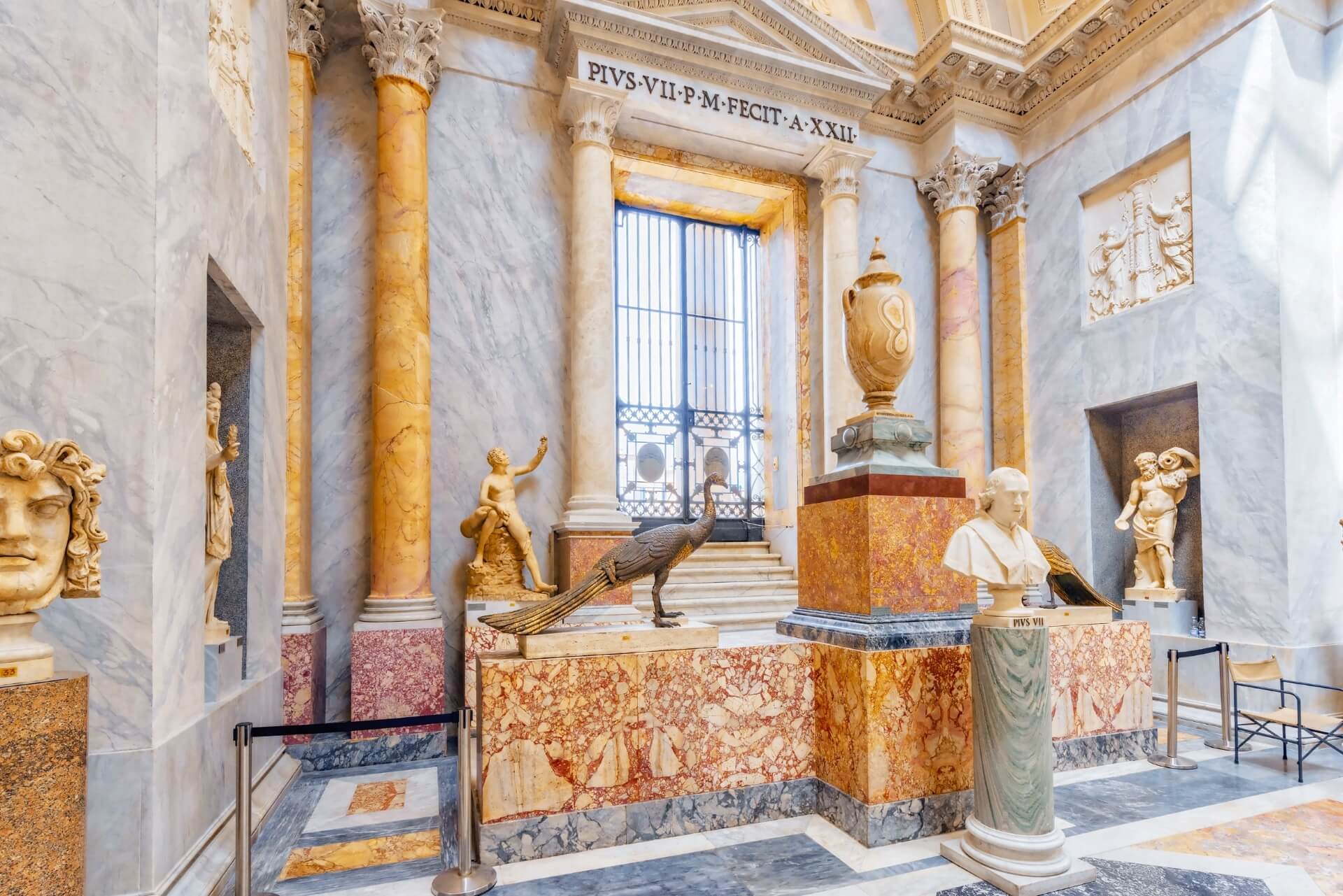
The Vatican—a treasury of treasuries, the main decoration, and the main mystery of Rome, a giant colossus whose body grew larger over the centuries, bristling with new buildings and fortress walls. However, today it is clear that it has not grown sufficiently since all the cultural and religious relics stored on its territory no longer fit there. The modern Vatican complex includes several independent museums where collections from different eras and cultures are gathered. The Egyptian Hall traditionally evokes the most admiration, where artifacts from the twenty-first century BC are collected, but this is just the beginning, as other museums house treasures—it’s hard to call these exhibits anything else—that glorify ancient art, the high art of the Renaissance, and even relatively modern works.
Besides the museums, the Vatican complex also includes buildings of several chapels, among which the Sistine Chapel stands out. Visiting the Vatican complex will take at least two to three days, even with a pre-developed program to visit only certain elements of the complex. In any case, no matter which hall a Vatican guest wants to visit, the ticket price, valid throughout the complex, will be sixteen euros.
Palazzo Pitti in Florence
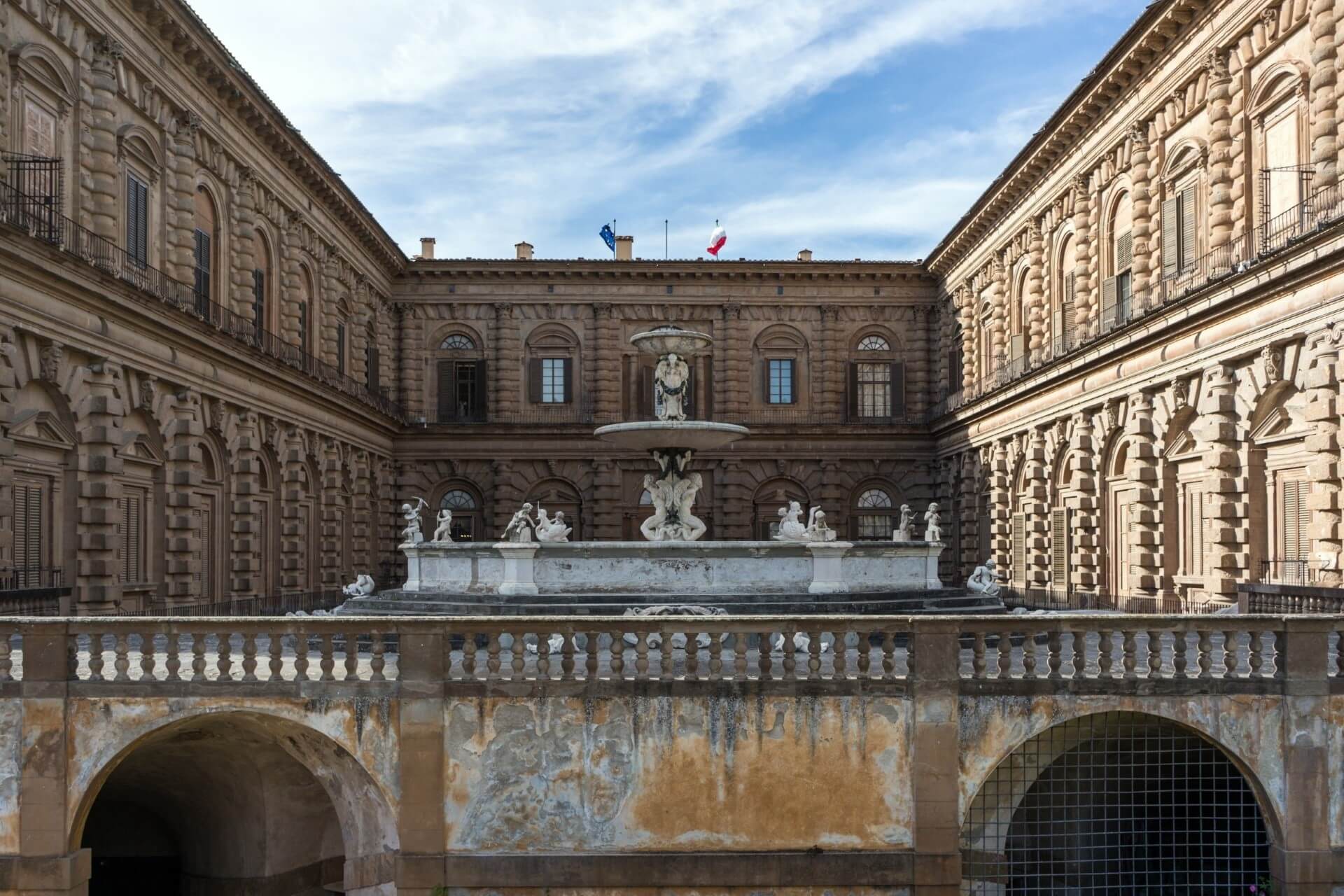
Italy has always been closely linked with the finest silk of intrigues, bribes, and setups, as well as bloody murders and highly mysterious stories, where revenge, envy, and passion were the main centrifugal forces of the entire action. This is how one of Florence’s wealthiest palaces—Palazzo Pitti—appeared, surprisingly connected with one of the most influential people of his time—Cosimo Medici, or rather with the envy he aroused with his wealth in the heart of one of his own favorites. The idea was simple to genius—build a structure that could not just outshine but outshine forever the splendor of Medici’s residences. Unfortunately, this ambition was not destined to become a reality—the Pitti family did not manage to complete the construction, and the family’s power gradually waned.
In its modern form, this colossal structure has reached us thanks to numerous reconstructions that the palace underwent at different times. These reconstructions affected not only the building itself but also the extensive park area behind it, creating some of the most perfect gardens in Italy—Boboli Gardens—from a landscape design perspective. But they are not the only attraction for tourists. Several independent institutions are located on the Palazzo Pitti grounds, each operating on its schedule and setting its ticket prices, which is not always convenient. Nevertheless, those wishing to see Van Dyck’s works, visit Medici’s treasury, or marvel at the delicate porcelain items always find a way despite such minor inconveniences.
Royal Museum of Cattolica
It is hard to believe, but in a rather unremarkable building squeezed between neighboring houses, an archaeological museum with a fairly rich collection is hidden. This building is actually the former premises of the Pilgrims’ Hospital and bears the status of the Royal Museum of Cattolica.
Despite its rather modest size, it managed to house two almost independent halls. The first is dedicated to purely historical artifacts dating from the early centuries AD and younger. The second is entirely devoted to maritime affairs in all its possible interpretations: numerous ship models, old maps and images, documents, and logbooks.
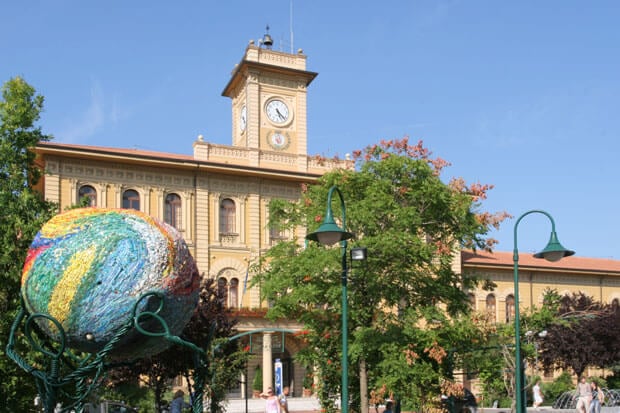
Perhaps the most important points for foreign tourists are the possibility of free year-round visits without entrance fees and the availability of summer—again, free—tours conducted in two languages—Italian and English.

